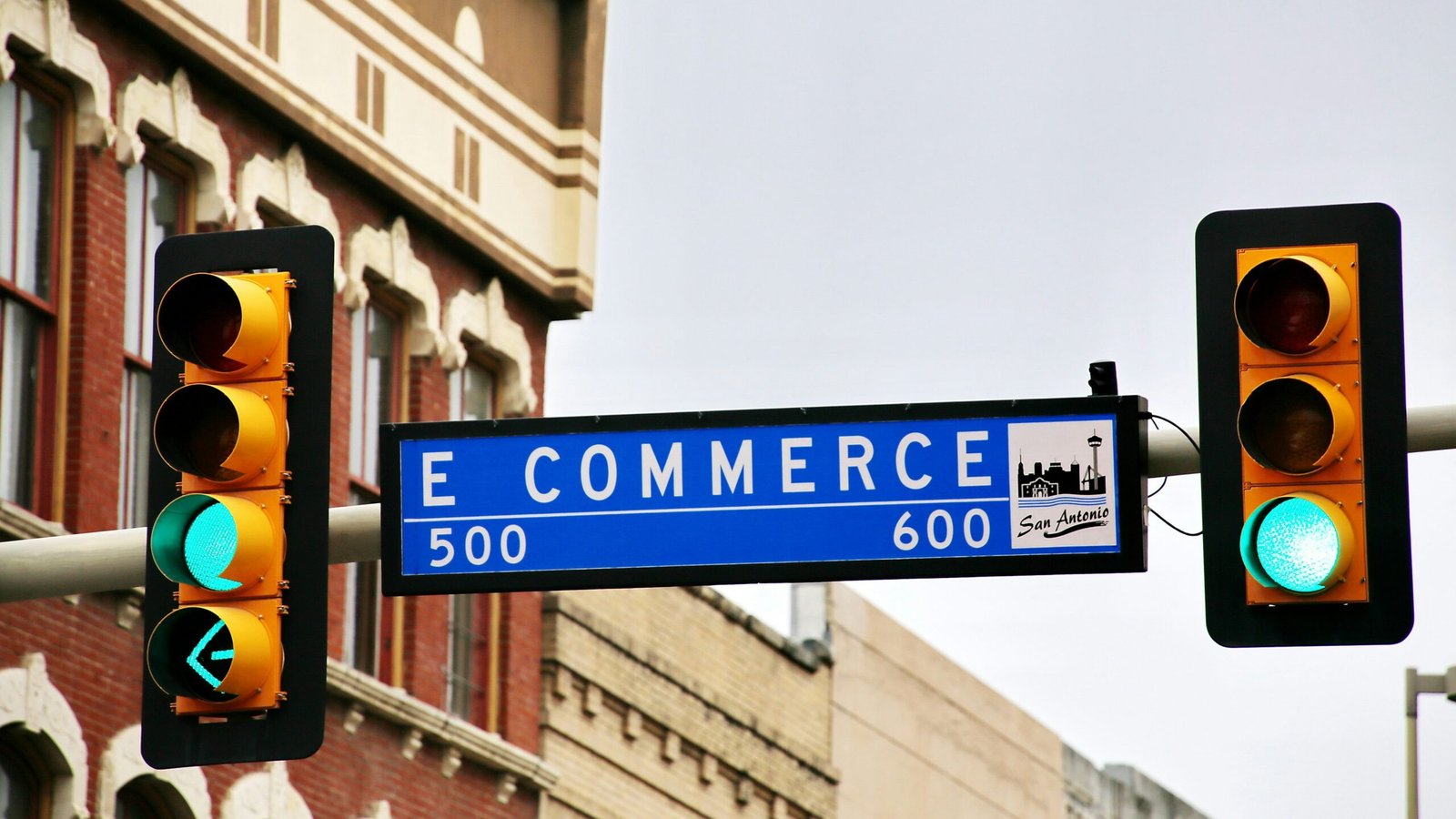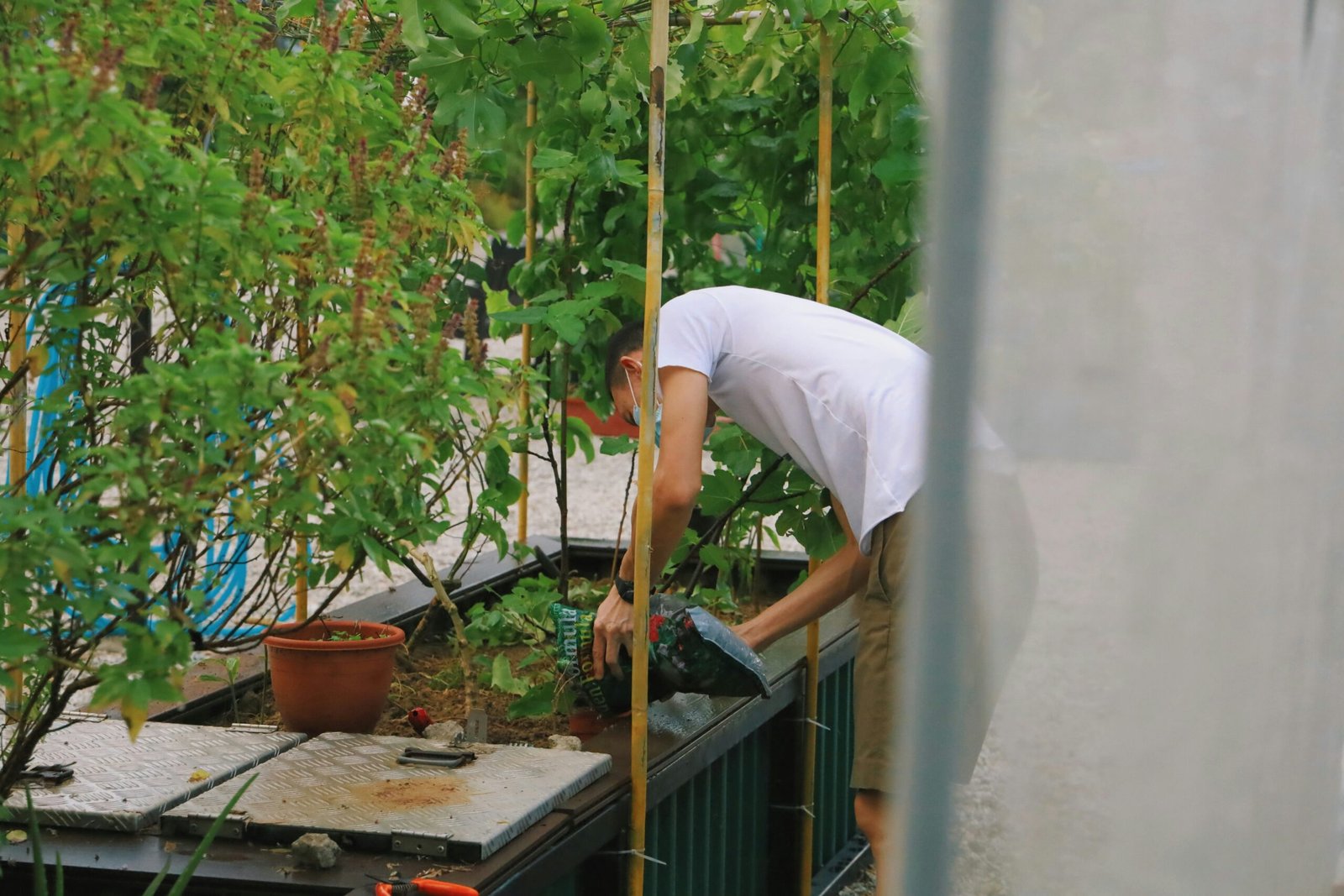Introduction
In recent years, there has been a growing emphasis on finding sustainable transport options to reduce carbon emissions and combat climate change. Green mobility apps have emerged as a popular solution, providing users with information and tools to make eco-friendly transportation choices. In this article, we will explore the UI/UX innovations that are driving the success of these apps and making sustainable transport more accessible and appealing to users.
1. Intuitive User Interface
A key factor in the success of green mobility apps is their intuitive user interface (UI). These apps prioritize simplicity and ease of use, ensuring that users can quickly access the information they need. The UI design focuses on clear navigation, minimalistic layouts, and visually appealing graphics to enhance the user experience.
By presenting information in a user-friendly manner, green mobility apps make it easier for users to explore sustainable transport options. Features such as interactive maps, real-time updates on public transportation schedules, and personalized recommendations based on user preferences help users make informed decisions about their travel choices.
2. Gamification and Incentives
To encourage users to adopt sustainable transport options, green mobility apps often incorporate gamification elements and incentives. By turning eco-friendly travel into a game, these apps motivate users to choose greener modes of transportation.
For example, some apps reward users with points or badges for walking or cycling instead of driving. These rewards can then be redeemed for discounts or vouchers for sustainable products and services. By adding an element of fun and competition, green mobility apps make sustainable transport more engaging and appealing to users.
3. Seamless Integration with Public Transportation
One of the challenges of using public transportation is the lack of real-time information and the inconvenience of planning routes. Green mobility apps address these issues by seamlessly integrating with public transportation systems.
These apps provide users with up-to-date information on bus and train schedules, delays, and route changes. They also offer features such as ticket purchasing and digital passes, eliminating the need for physical tickets or cards. By streamlining the process of using public transportation, green mobility apps make it more convenient and attractive to users.
4. Personalization and Customization
Green mobility apps recognize that every user has unique preferences and requirements when it comes to transportation. To cater to individual needs, these apps offer personalization and customization features.
Users can set their preferred modes of transport, such as walking, cycling, or using electric vehicles. They can also specify their travel preferences, such as avoiding crowded routes or selecting the most eco-friendly options. By tailoring the app to individual preferences, green mobility apps provide a personalized experience that enhances user satisfaction and encourages long-term usage.
5. Data Visualization and Tracking
Green mobility apps leverage data visualization and tracking to provide users with insights into their travel patterns and environmental impact. By presenting data in a visually appealing and easy-to-understand format, these apps empower users to make more informed decisions about their transportation choices.
Users can track their carbon footprint, distance traveled, and calories burned through different modes of transport. This information helps users understand the environmental benefits of choosing sustainable transport options and encourages them to continue making eco-friendly choices.
Conclusion
Green mobility apps are revolutionizing the way we think about transportation by providing users with innovative UI/UX features. These apps make sustainable transport options more accessible, engaging, and convenient, ultimately contributing to a greener future. By embracing these UI/UX innovations, we can all play a part in reducing carbon emissions and creating a more sustainable world.












Leave a Reply